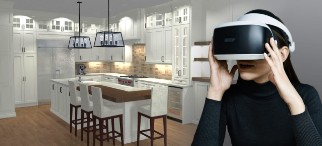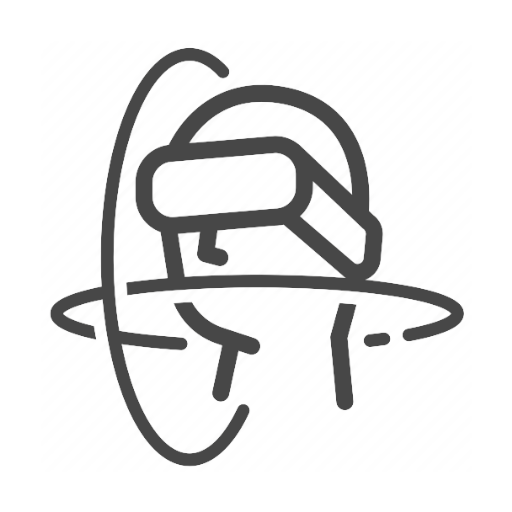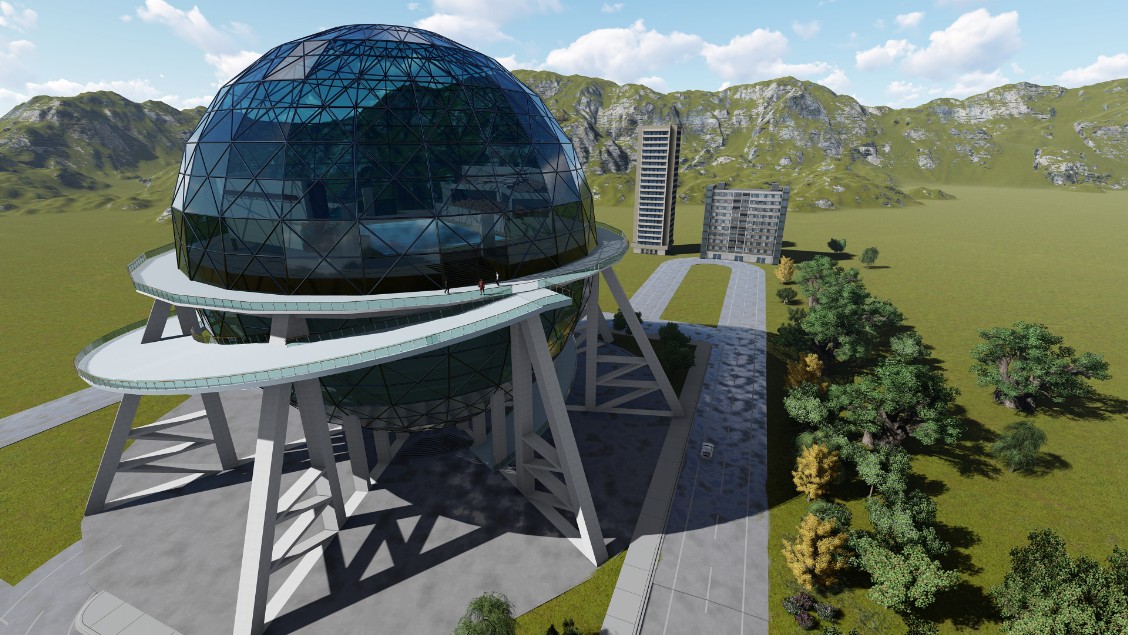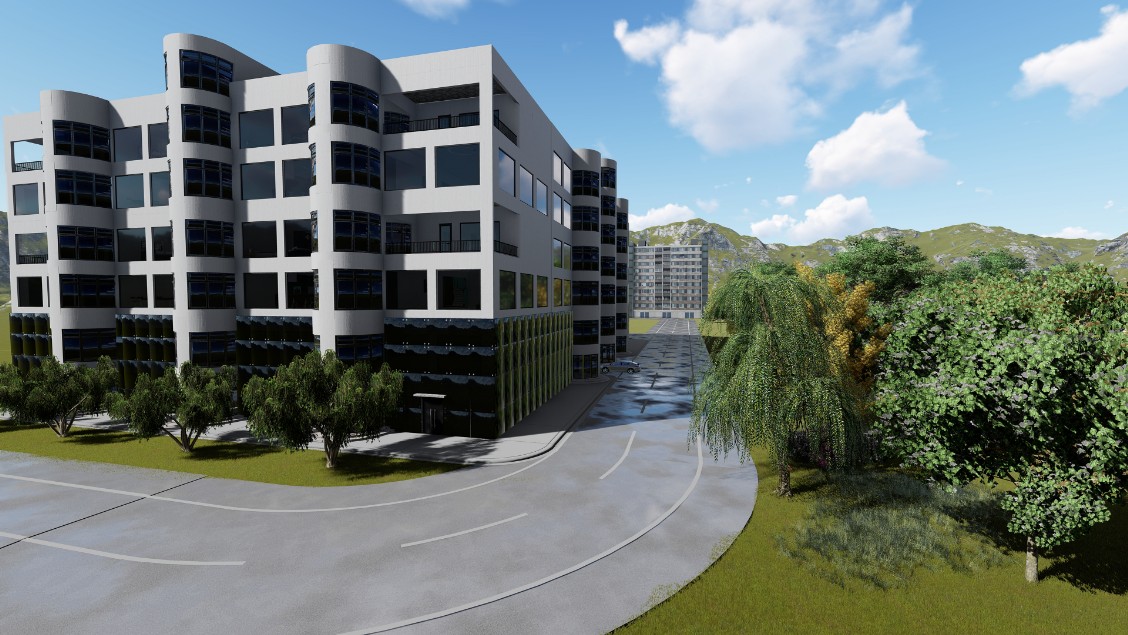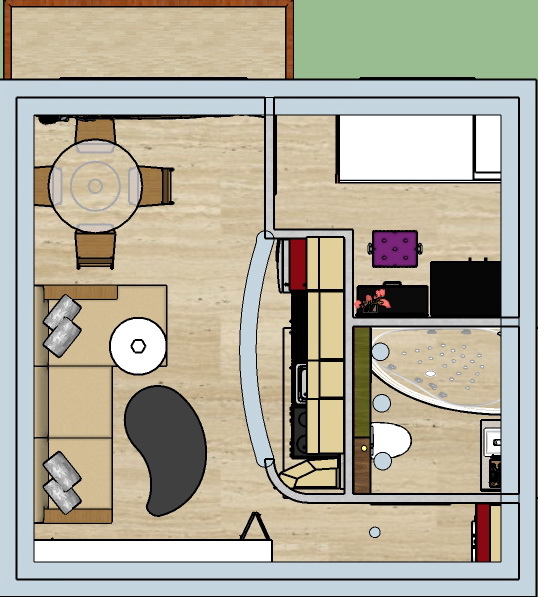There is no person who would not want to see every corner of his living or office space from different angles before building it. In the reconstruction of the space or in the creation of a new living or working space, it would be good to use new technologies in the form of virtual reality.
The company "Ildanat" will provide you with a service through virtual design to fully perceive your dream and necessary future purchase.
Below, after a "Brief Overview of Virtual Reality", you can see some samples and make sure the usage of this service is real (samples are copyrighted).
The service fee is from 30 to 50 GEL per square meter, depending on the specification of the order.
Brief Overview of VR
Until the computer technology, virtuality was understood as an object or situation that does not exist but can arise under certain conditions. Virtual reality was first introduced by Miron Krueger in the late 1960s. But the first implementation of virtual reality is considered to be the "Aspen Film Festival", which was established at the Massachusetts Institute of Technology in 1977. This computer program simulated a walk in the city of Aspen, Colorado, allowing to choose to visualize the location in different locations. The options were based on real photographs.
Virtual reality in construction
Virtual and augmented reality in construction develops in two directions:
1, Creating a project - AR / VR helps architects, designers, engineers to find optimal design solutions, "feel" the volume, control collisions (for example, a stepped staircase that can hit your head).
2. Visualization of the project for the customer - allows you to show the buyer his future object, without moving to the construction site, be it an apartment or a factory. At the moment, virtual reality technologies are widely used in various fields of human activity:
Construction, Simulators, Marketing & Advertising, Entertainment Industry, etc. The size of the virtual reality technology market is estimated at tens of billions of dollars a year.
Virtual glasses
Google Cardboard is Google's virtual reality standard, based on a helmet, the main part of which is a regular smartphone. The name is associated with the simplest version of the virtual reality helmet, which, according to the developers, can be assembled from two lenses and cardboard.
In this standard, the helmet is for stereoscopy only and all other components (screen, processor, memory, software, gyroscope, accelerometer, magnetometer, battery)
Ready for any modern smartphone. The standard meets the requirements for helmets, smartphones and third-party software. It does not contain any special requirements for voice and Bluetooth controllers. The project was first presented at the Google I / O 2014 conference: "Virtual Reality Helmet Assembling Scheme". The project is a simulation of a virtual reality helmet made of cardboard, optical lenses, magnets and fasteners according to a special scheme, a smartphone running Android, iOS or Windows Phone operating system.
For a more secure connection to your phone, you can also attach an NFC chip to the helmet. With a built-in magnetometer, a smartphone can respond to changes in the magnetic field. The program simulates the effect of virtual reality by analyzing data received from a mobile phone camera, magnetometer and accelerometer.
Sphere-shaped building
Sphere diameter 67 m., Underground garage diameter 100 m., First 8 floors with free space 5500 m2., 9th floor is Sports Area with 2500 seats.
Multi-storey Residential House
With double floors, underground garage, gym and swimming pools
